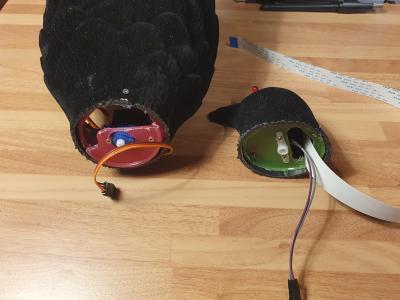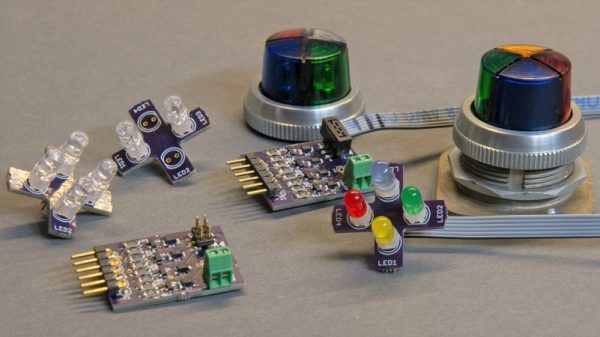Halloween is just around the corner and what better way to add a little spooky decor than to 3D print [DaveMakesStuff]’s Teeth Cup.
It looks like [DaveMakesStuff] has done the equivalent of “kit bashing” by taking 3D models of a full teeth set and merging them with a tea cup. Details are pretty light but a Twitter thread (Nitter)has some clues about the process. The cup looks like it can be done in one print, support free. The smooth finish comes from bead blasting it which, as an added bonus in this case, provides the “dirty” look as the bead blaster is only normally used on nylon SLS prints.
Halloween is always a good source of inspiration for hacker projects and we’ve had many good entries from Halloween Hackfests of the past.




















